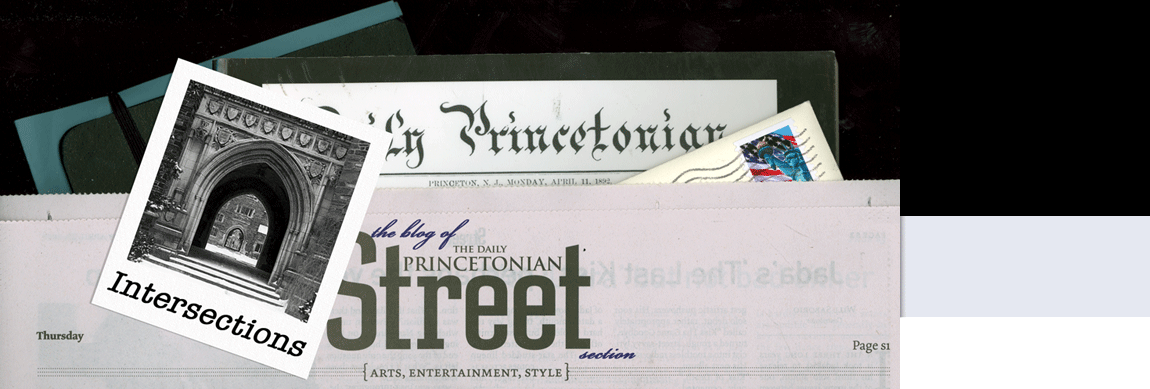Multiple stories with independent characters connected by a central frame seem to be in vogue these days. But a multi-plot production centered around the concept of waiting is still unique enough to grab your attention. Waiting, that state of inertia, seems to be the antithesis of theatre, which depends on acting, on motion pictures, on progressing plot. It certainly provokes some thought even before one enters the theatre. But one can say that this inherent contradiction was never quite reconciled in the production of Waiting, put on by the Princeton Chinese Theatre. Oh, did I mention, all this abstract contemplation on waiting, alienation, estrangement…was done completely in Chinese! (with English subtitles, don’t worry)
The best part about Waiting is the beauty of the language, which sadly, might be lost through translation. Most of the thought-provoking meditation on the concept of waiting is done through understated monologues that do not involve animated body language. It’ll be hard to pick up on the meaning if you don’t hear the speech. However, the language really brings out the sense of poignancy and frustration in the characters. For the seven characters, waiting takes many different forms. An estranged family awaits reconciliation, yet they cannot forget the past events that broke them apart. Two smitten young men hope expectantly for their love to be reciprocated. An old man relives the past, perpetually waiting for something that is long gone. An old woman bitterly describes a marriage, in which the love has decayed, as aimless waiting. Aided by the music and voice overlays simulating thoughts, the audience can definitely feel the pathos of each character as he/she is introduced.
The pitfall of a play about waiting is that as the mood of waiting pervades the characters on stage, so does the audience get the sense that it is waiting. The tragedy of these characters is that their life does not move forward, and as a consequence, neither does the plot. The goal of the play may be to recreate this lethargic feeling of waiting among the audience, so that they can fully identify with the characters. If so, should achieving this goal really be desired? The meditative pacing, the ruminating gaze into the distance, the hesitating potency of the silences all contribute very well to this sense of waiting. But the plot stops moving, the plot waits, and the audience waits. They lose their vested interest in a plot that does not seem to suggest progression in the near future. The old man paces as before, the lovers have the same dialogue that leads to no fruition – this is of course necessary in conveying the sense of waiting and repetitive monotony. But there’s the danger of making “waiting” too real for the audience. The most interesting things happen when the characters are not waiting. There are really humorous interludes and even a funny, quirky musical number. That’s when the characters have the license to be active, to act! So to get the audience to feel the poignancy of waiting, the audience needs to be interested in the plot, and actions need to happen that does not involve waiting. It is somewhat contradictory.
One can appreciate what the play is trying to do, and in theory, the play has done exactly what it wanted to do. It is a provocative topic – the idea of waiting. But in actual practice, it is not quite as enjoyable to vicariously relive “waiting.”
Rating : 3 stars out of 5
Pro: Accurately capture all the facets of the idea of waiting
Con: Too accurately capture the idea of waiting…
November 12 – 8 pm
November 13 – 2 pm and 8 pm
Whitman Class of 1970 Theater
Students: $7 Public: $10 - Tickets at Frist
--Grace Ma ’14




No comments:
Post a Comment